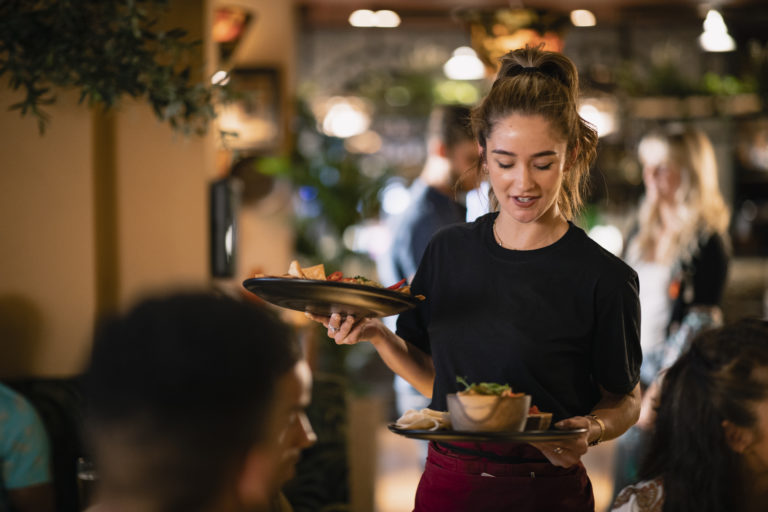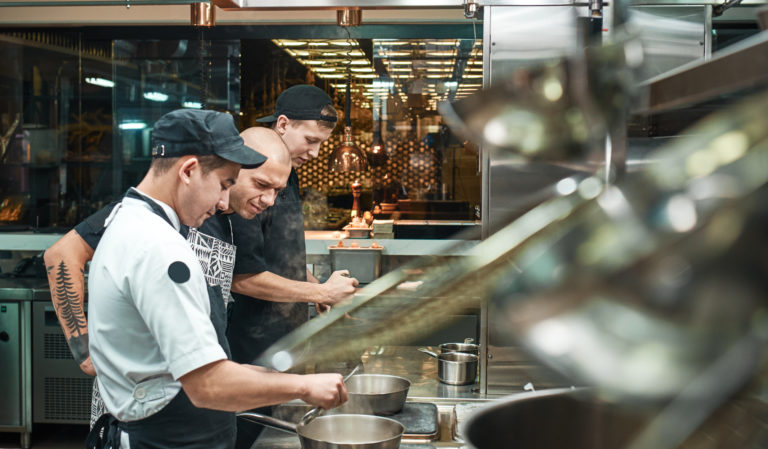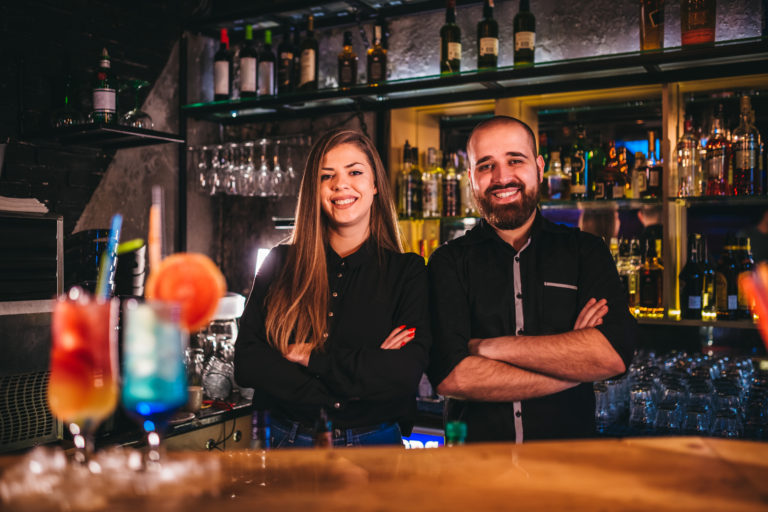How do you implement culture?
Ok, after we’ve hired and onboarded our independent restaurant or bar staff, how do we ensure the culture we want to create lasts? The answer is systems, rules, and processes. It’s all about transparency, communication, and accountability. First, you need to define your cultural values. Once that’s finished, you need to map your values to key activities in your business. This will clearly define how your staff ought to act in the variety of situations that will come up in their day-to-day work and give them a framework to look to when dealing with unexpected situations that don’t yet have a guide. How should a staff member react to an upset customer? What about conflicts between coworkers? How can your staff ask for help when they need it? How do you monitor and promote growth? All of these questions can and should be addressed in your cultural framework. Peter De Bruyn of the BCRFA says it’s all about clearly defined roles and expectations. “Depending on the size of the kitchen, people’s roles may change daily, and as long as it is clear what that role is, then they have a greater chance of being successful.”
Lawrence Herzog of Chef Connexion has a few practical and systematic steps you can take to create a positive culture:
First, “formalize the dialogue with practices like regular short check-ins, and encourage honest feedback throughout the team.”
Second, “identify and knock down any barriers.” This could include a brief weekly check-in where each staff member has an opportunity to talk about any places where they feel stuck.
Third, “share responsibility, provide support when something works (and when it doesn’t) and encourage innovation.” People want to feel valued, and they want to feel like their work makes a difference. Providing some open time during weekly meetings, or at the very least creating a suggestion box can go a long way in validating your team’s ability to express themselves.
Jeff Stone writes in Modern Restaurant Management: “establishing a core culture team of star employees who live and breathe your culture – and have them be the constant reminder to their peers.” You could also have one dedicated culture advocate on each shift in your restaurant or bar to monitor how well your team adheres to your values. They can also be responsible for monitoring and rewarding positive behaviours staff have taken that exemplify what you are trying to promote. “You can establish a simple reward program where each week or month, one employee gets a small reward for exemplifying your values. This can be as simple as a free meal on their next shift, parking close to the door for the week, or a $5 dollar gift card for coffee. In addition, free recognition should also be given daily, even if it is just a shout-out to an employee “caught in the act” of living the culture. “Great teamwork for running those salads Alex”, or “Great customer service on table seven Laura” goes a long way in reiterating your values and boosting morale – and it’s free!











